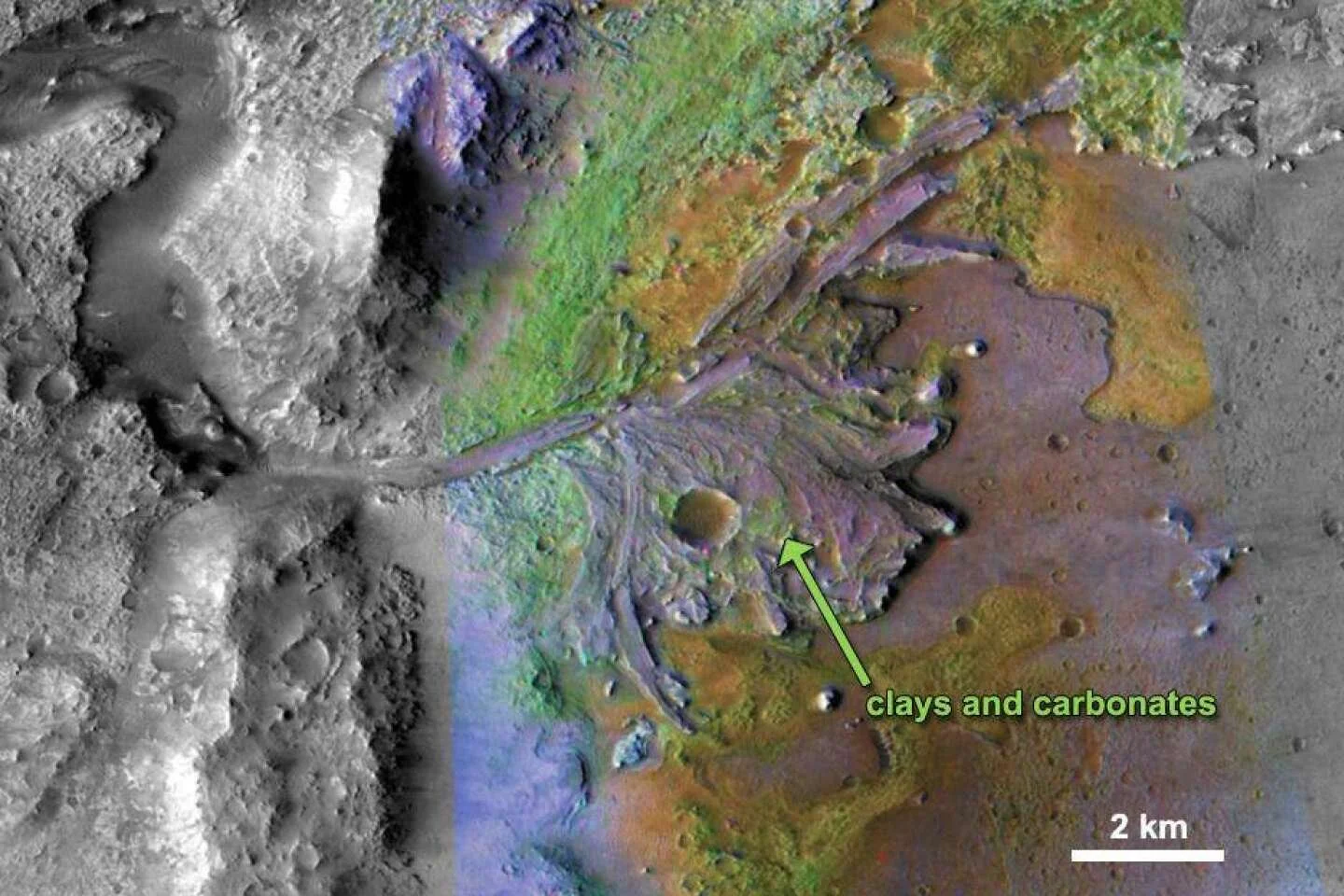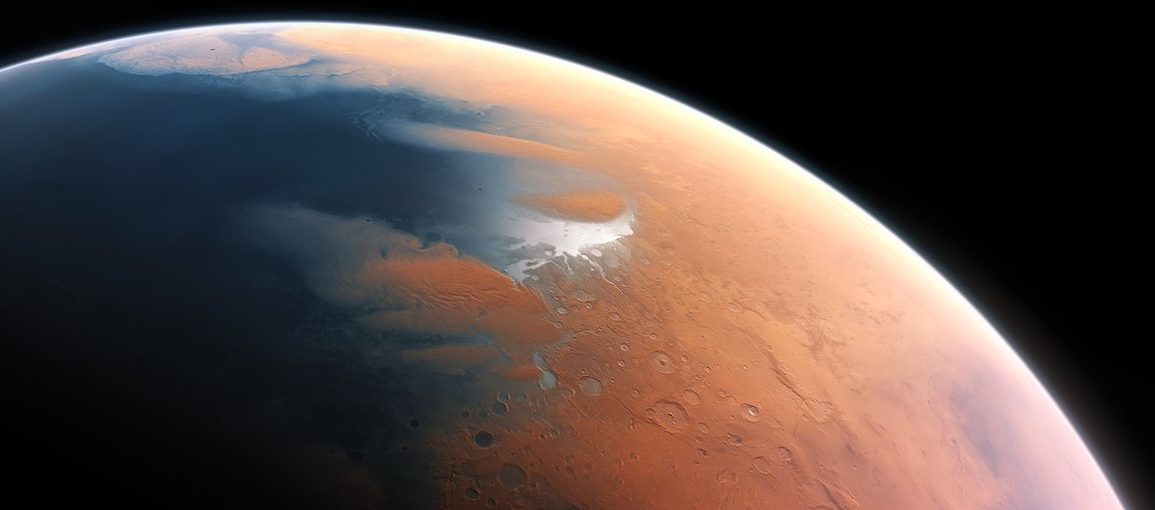A lone researcher, Peter Buhler, may have discovered the key to explaining how Mars was able to support rivers and seas long after the planet began cooling and its atmosphere thinned. For years, scientists have puzzled over how Mars could have maintained liquid water on its surface, such as rivers and lakes, during the Noachian and Hesperian periods, which spanned from 4.1 to 3 billion years ago.
This period is characterized by Mars losing its atmosphere and cooling over time, yet geological evidence suggests that liquid water persisted well into the late Noachian and early Hesperian, leading to theories about a possible unexplained global warming event.
Buhler’s breakthrough comes from modeling the role of carbon dioxide (CO2) ice that settles onto Mars’ south polar cap. His findings offer a plausible explanation for how liquid water could have remained on Mars during this period. While Buhler is typically focused on modeling Mars’ current CO2 cycle, he applied his work to Mars’ past, when the atmosphere was much thicker than today, to understand the impact of CO2 ice.
He discovered that each Martian winter, a layer of CO2 ice, up to 650 meters thick, would settle onto the south pole. This layer of CO2 ice played a crucial role in preserving liquid water by creating insulating and pressurizing effects that enabled water to remain liquid under the ice.
The CO2 ice acted as an insulator, preventing heat from escaping from the planet’s interior at the south pole. The thick layer also added pressure to the ice cap, causing temperatures and pressures at the ice’s base to rise. This allowed the ice to melt, creating a pool of liquid water.
Over successive winters, more CO2 and water ice accumulated on the ice cap, which led to the buildup of liquid water that eventually seeped out from the sides of the ice cap. This process helped maintain a supply of liquid water on Mars, despite the planet’s cooling and atmospheric thinning.
Buhler’s model shows how this liquid water, once exposed to the cold air of Mars, would freeze and form permafrost, but the water would continue to accumulate beneath the ice. This scenario is similar to the way rivers form on Earth under glaciers.
As the water sought escape, it would flow out from under the ice in subglacial rivers, despite the freezing conditions above. These rivers were long, running thousands of kilometers from the south pole, and although they would freeze upon surfacing, their volume and persistence allowed them to continue flowing beneath the frozen layers.

The evidence of these subglacial rivers can be seen today in the form of eskers—long gravel ridges formed by running water—many of which are found near Mars’ south pole. These eskers mark the path of rivers that once flowed beneath thick layers of ice, and they provide important clues about the ancient Martian climate.
Buhler’s model also accounts for large river channels flowing into Argyre Planitia, an impact basin that once held a vast body of water, potentially as large as the Mediterranean Sea. Over millions of years, the subglacial meltwater filled this basin, causing it to periodically overflow and flood Mars’ northern plains.
Buhler’s research suggests that the interaction between CO2 ice and water not only allowed the subglacial rivers to form but also may have contributed to a hydrological cycle that extended from the poles to the equator. This cycle could have played a significant role in Mars’ late-stage hydrologic activity, providing the necessary water to maintain rivers and seas.
However, as Mars continued to cool and its atmosphere became too thin, this process eventually ceased, marking the end of widespread liquid water on the planet. Buhler’s model offers an elegant solution that does not require an unexplained global warming event but instead relies on the same carbon dioxide cycle observed on Mars today.
Although there has been speculation about the presence of a subsurface lake beneath Mars’ south pole, Buhler’s findings suggest that this process of subglacial meltwater formation is unlikely to have persisted in recent times. The Red Planet has become too cold, and the available carbon dioxide has dwindled, making it impossible for liquid water to exist on Mars for billions of years.
Buhler’s research, published on November 1 in the *Journal of Geophysical Research: Planets*, provides a compelling explanation for Mars’ ancient hydrology, offering new insights into the planet’s past and its potential to support life.

